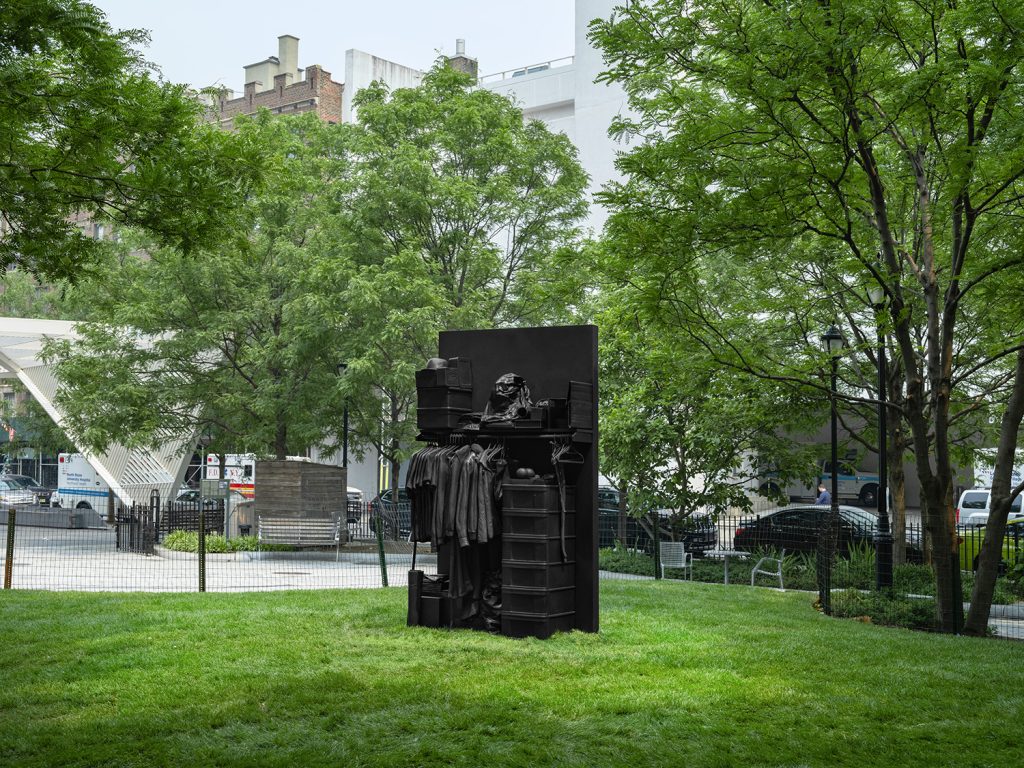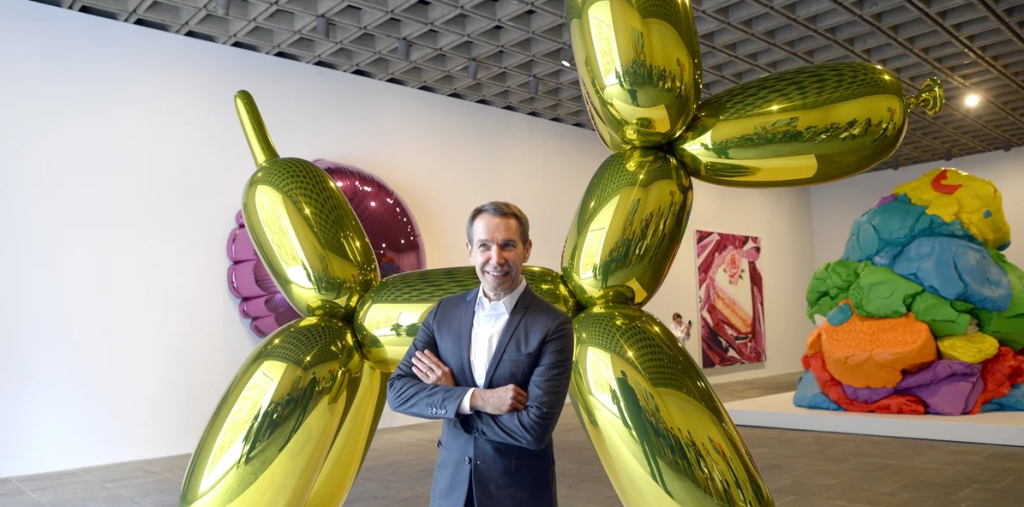The Dance of Life: How Isadora Duncan Influenced Rodin’s Sculpture
Isadora Duncan, often hailed as the mother of modern dance, transformed the art of movement in the early 20th century. Her innovative style and philosophy resonated deeply with contemporary artists, including the renowned sculptor Auguste Rodin. Exploring the interplay between their works reveals how Duncan’s expressive dance influenced Rodin’s approach to capturing the human form.
The Fusion of Dance and Sculpture
Isadora Duncan’s choreography celebrated natural movement, emphasizing freedom and spontaneity. This philosophy aligned closely with Rodin’s artistic vision, which sought to embody the emotional and physical essence of the human experience. Rodin’s sculptures, such as “The Kiss” and “The Thinker,” demonstrate a fluidity and life-like quality that reflect the elegance found in Duncan’s performances. He appreciated the expressive potential of the human body, drawing inspiration from Duncan’s ability to convey deep emotion through dance.
A Shared Philosophical Approach
Both Duncan and Rodin shared a belief in the power of art to convey profound emotional truths. Duncan’s performances often depicted themes of love, nature, and the cycles of life, mirroring the essence of Rodin’s sculptures. Rodin frequently attended Duncan’s recitals, and he admired how her movement captured the beauty of human emotion. This mutual respect and understanding fostered a creative dialogue that enriched both artists’ work, creating a legacy that intertwined dance and sculpture in a dynamic exploration of life.
The Influence of Movement on Form
Rodin’s mastery of form was heavily influenced by Duncan’s emphasis on organic motion. He sought to translate the dynamism and rhythm of dance into his sculptures, capturing fleeting moments of intensity and expression. In pieces like “Eve,” you can see the interplay between Duncan’s flowing movement style and Rodin’s ability to convey emotion through sculpted form. By integrating the principles of dance into his work, Rodin not only brought a sense of vitality to his sculptures but also created a groundbreaking connection between the two art forms.
In conclusion, the relationship between Isadora Duncan and Auguste Rodin speaks to the transformative power of art. Their innovative approaches to human expression—whether through dance or sculpture—continue to inspire artists today. To delve deeper into this fascinating intersection of movement and form, consider exploring more about their works and legacies.


